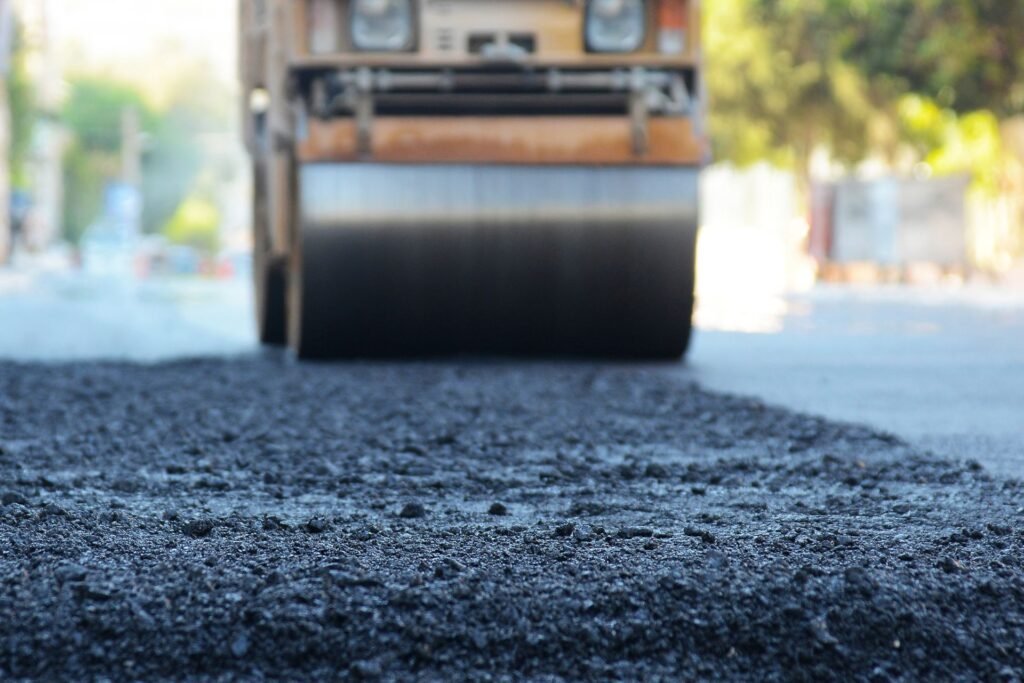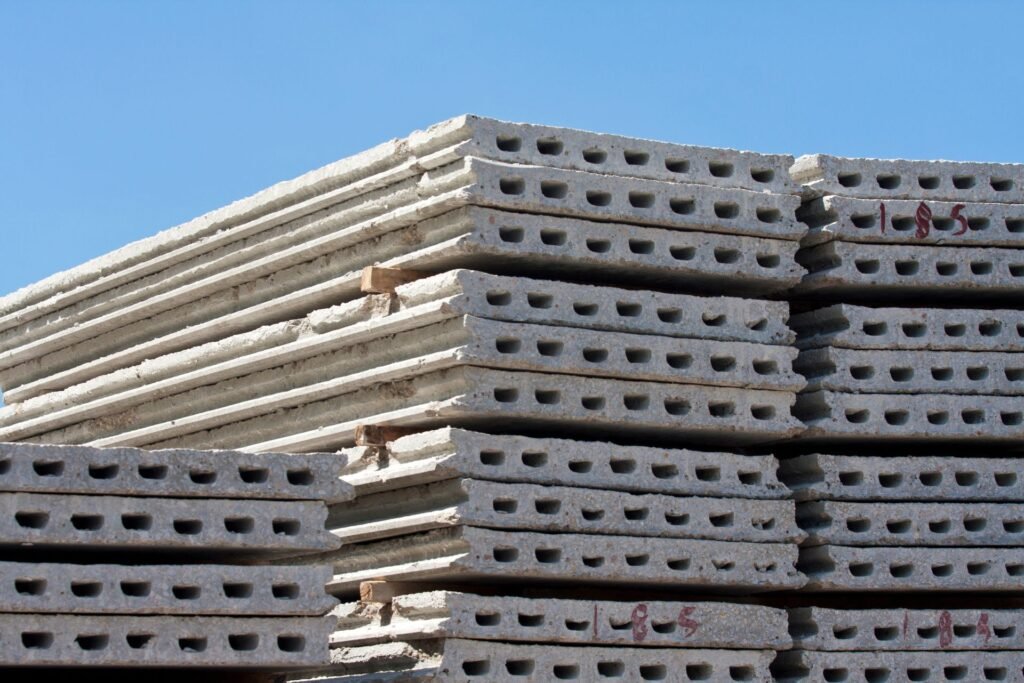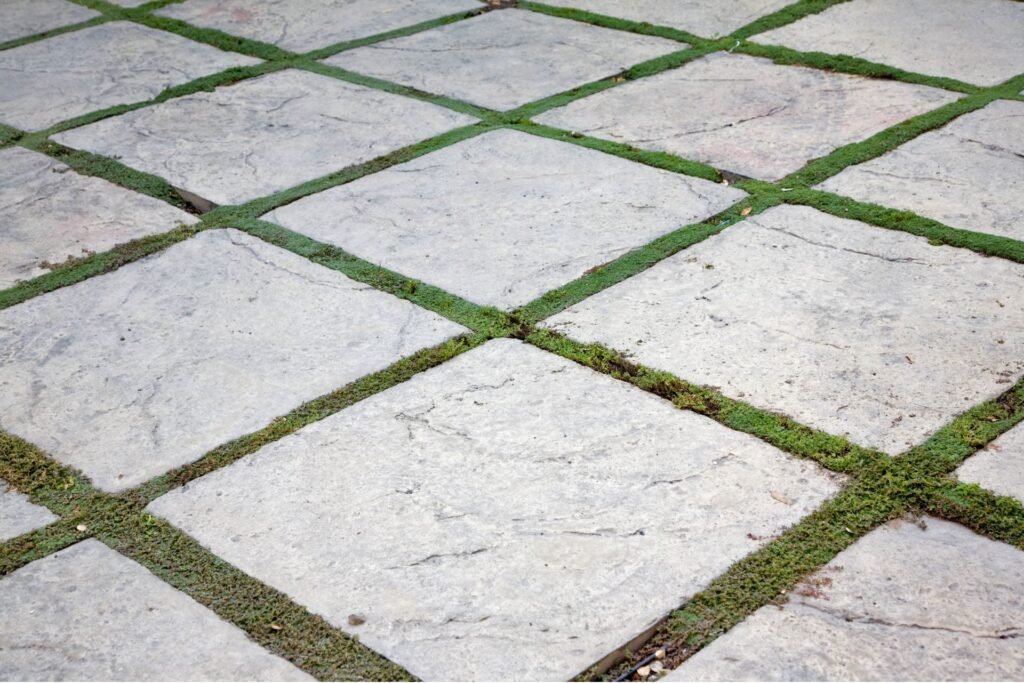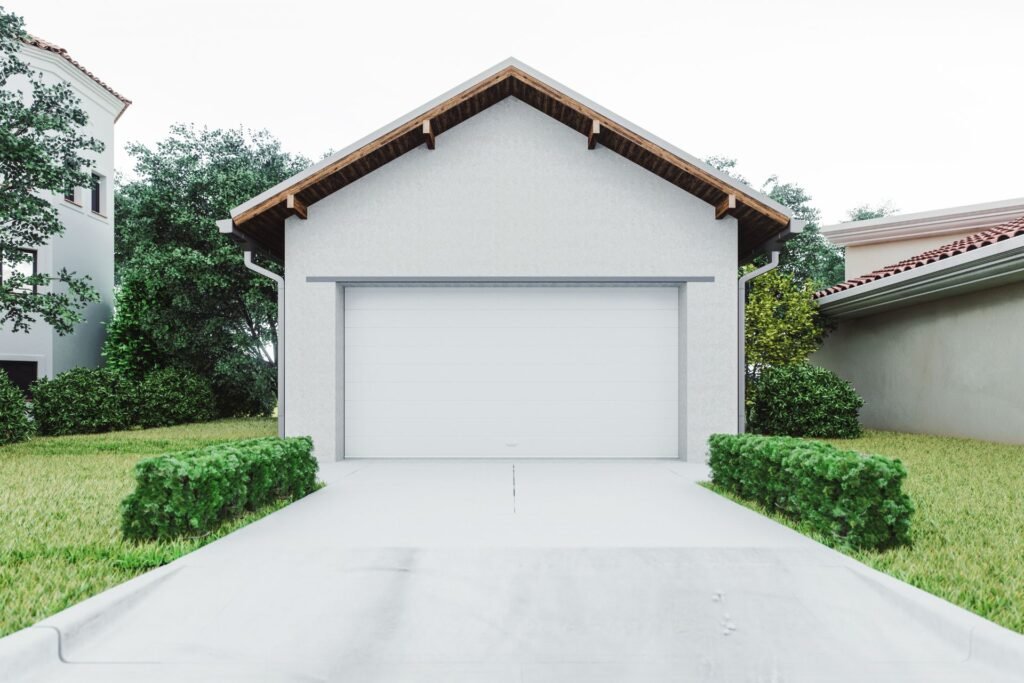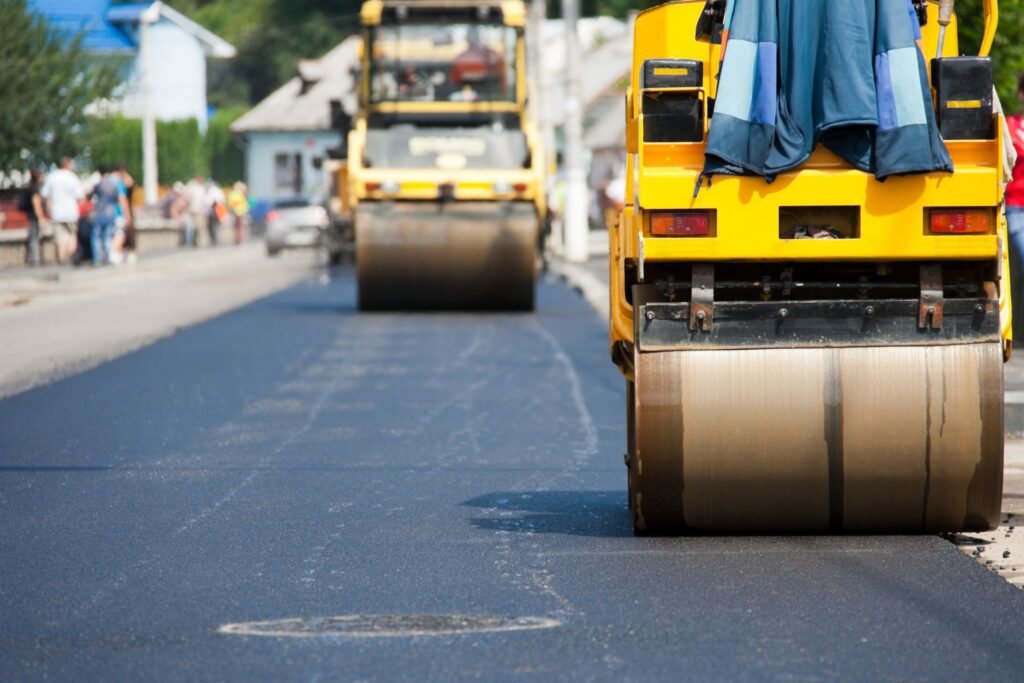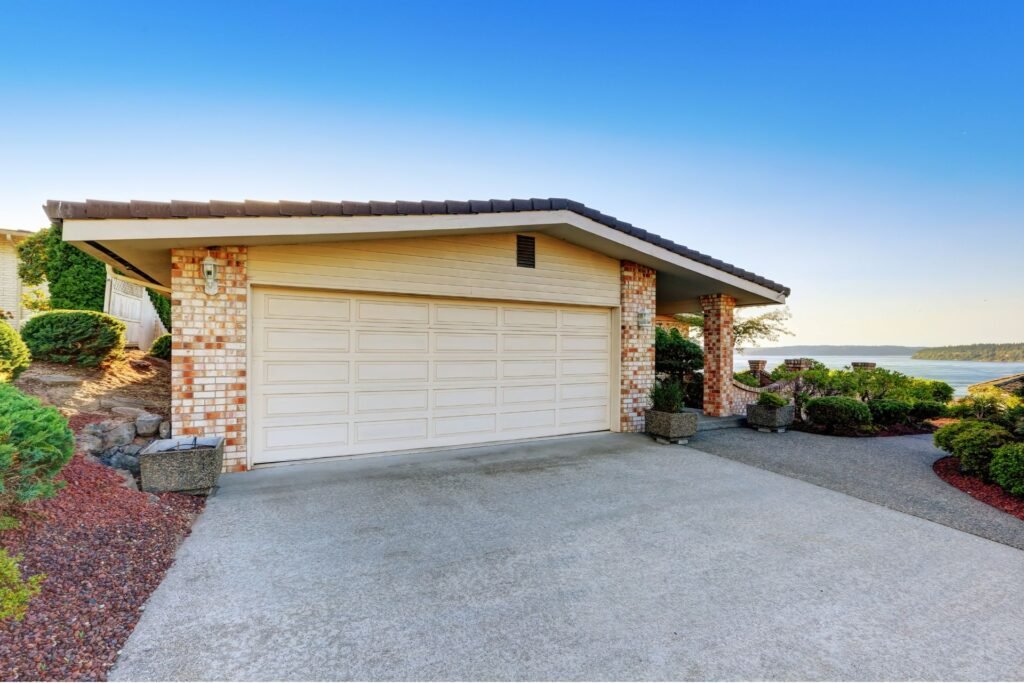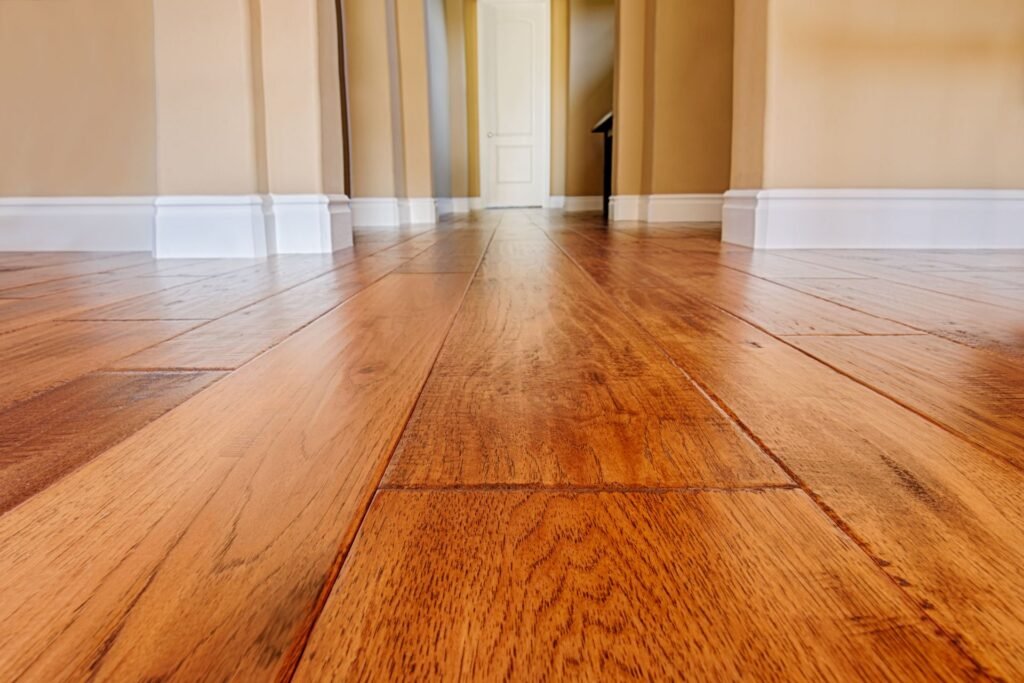Welcome to our comprehensive guide on the often-debated topic of whether gravel is necessary under concrete. Whether you’re planning a DIY project or preparing for professional construction, understanding the importance of a solid foundation is crucial. In this article, we will explore why gravel is commonly used as a base layer under concrete, its benefits, and when it might be necessary. We’ll also delve into alternatives to gravel, the proper installation process, and expert opinions to help you make an informed decision. By the end of this guide, you’ll have a clear understanding of how to ensure the longevity and stability of your concrete projects.
Yes, gravel is typically needed under concrete to provide a stable base, improve drainage, and prevent issues such as cracking and shifting. Gravel helps distribute the weight of the concrete evenly, reducing the risk of settling and ensuring a longer-lasting, more durable structure. It also aids in preventing frost heave in colder climates by allowing water to drain away from the concrete slab.
Table of Contents
Understanding Concrete Foundations
What is Concrete?
Concrete is a versatile building material made from a mixture of cement, water, and aggregates such as sand, gravel, or crushed stone. It is widely used in construction due to its durability, strength, and ability to be molded into various shapes. Concrete is a staple in projects ranging from residential driveways and patios to towering skyscrapers and bridges. One of the critical aspects of concrete construction is ensuring that it has a strong and stable foundation. This foundation is essential for maintaining the structural integrity of the concrete and preventing issues like cracking or shifting over time. A robust foundation supports the weight of the concrete structure, distributes loads evenly, and provides a level base for construction.
The Role of a Base Layer
The base layer, also known as the sub-base, plays a pivotal role in the overall stability and longevity of a concrete foundation. It is the first layer placed on the ground before the concrete is poured. The primary purpose of the base layer is to provide a stable and supportive surface for the concrete, ensuring that it remains level and structurally sound. This layer helps to distribute the weight of the concrete evenly, reducing the risk of settling or shifting which can lead to cracks and other structural issues.
Common materials used for the base layer include gravel, crushed stone, and compacted soil. Gravel is a particularly popular choice due to its excellent drainage properties and ability to provide a stable, well-compacted surface. When properly installed, a gravel base layer can help prevent water accumulation under the concrete, reducing the risk of frost heave and other moisture-related problems. By creating a solid and stable foundation, the base layer ensures that the concrete structure remains durable and long-lasting, capable of withstanding the rigors of everyday use and environmental conditions.

Why Gravel Is Used Under Concrete
Using gravel under concrete is a crucial step in construction that enhances the longevity and durability of the structure. Here’s a detailed explanation of the primary reasons why gravel is used:
Drainage
Gravel is essential for improving drainage beneath concrete slabs. It creates a porous layer that allows water to flow through easily, preventing water from accumulating under the concrete. Proper drainage is vital because water accumulation can lead to a variety of issues. When water collects under concrete, it can cause the slab to crack and shift over time. The freeze-thaw cycle, where water freezes and expands, then melts and contracts, can exacerbate these problems. By facilitating proper drainage, gravel helps maintain the integrity of the concrete, reducing the risk of cracks and uneven settling.
Stability
Gravel provides a stable base for the concrete slab, which is crucial for preventing shifting and settling. When concrete is poured directly onto soil, it can lead to uneven settling as the soil beneath may shift or compact over time. Gravel, with its compact and firm nature, offers a much more stable foundation. This stability is essential for the longevity of the concrete structure, as it minimizes the risk of cracks and other damage caused by ground movement. Compared to other base materials like sand or compacted soil, gravel is superior in providing a stable, load-bearing foundation that supports the concrete slab effectively.
Prevention of Frost Heave
Frost heave is a phenomenon where soil expands and contracts due to the freeze-thaw cycle, leading to the movement and cracking of concrete slabs. Gravel helps mitigate this issue by providing a buffer layer that reduces the effects of frost heave. The gravel layer allows water to drain away from the concrete, reducing the amount of moisture in the soil that can freeze and expand. This is particularly important in regions with cold climates, where frost heave is a common problem. By using gravel, builders can significantly reduce the risk of frost heave, ensuring that the concrete remains stable and intact even in harsh weather conditions.
In summary, gravel is an indispensable material used under concrete for several reasons. It enhances drainage, providing a pathway for water to escape and preventing accumulation that can damage the concrete. Gravel also offers a stable base, reducing the risk of shifting and settling that can compromise the structure’s integrity. Additionally, it helps prevent frost heave, a common issue in colder climates, by facilitating proper drainage and reducing moisture in the soil. By understanding these benefits, builders and homeowners can ensure the longevity and durability of their concrete structures, making gravel an essential component in construction.

Alternatives To Gravel
When planning your construction project, choosing the right base layer is crucial for ensuring longevity and stability. While gravel is a popular choice, there are several alternatives worth considering. In this section, we’ll explore the benefits and drawbacks of using crushed stone, sand, and even the option of having no base layer at all.
Crushed Stone
Crushed stone is often seen as a viable alternative to gravel due to its similar properties. Both materials are used to create a stable base for construction projects, but they have distinct differences that may influence your decision.
Comparison with Gravel
- Texture and Composition: Crushed stone is made from larger rock pieces that have been mechanically broken down. It tends to be more angular and has a rougher texture compared to the smoother, rounded appearance of gravel, which is often naturally formed.
- Strength and Stability: The angular shape of crushed stone provides better interlocking properties, enhancing its stability and load-bearing capacity. This makes it particularly useful for heavy-duty applications like road construction and building foundations.
- Drainage: While both materials offer good drainage, crushed stone’s rough texture can sometimes provide superior water flow management, preventing water accumulation and potential erosion.
Usage Scenarios
Crushed stone is ideal for projects that require a robust and durable base layer. It’s commonly used in:
- Road construction, where its strength and stability are crucial.
- Building foundations, to ensure a solid and reliable support system.
- Landscaping projects, where aesthetic and functional stability are desired.
Sand
Sand is another alternative to gravel, especially when a finer, more compactable base layer is needed. It’s particularly useful in certain construction contexts where gravel might not be the best option.
Use as a Base Layer
- Compaction and Leveling: Sand is easy to compact and level, making it an excellent choice for creating a smooth, stable surface. This property is particularly beneficial for laying pavers or installing swimming pools.
- Versatility: Sand can be used in a variety of construction projects, including concrete work, backfilling, and as a cushioning layer beneath playground equipment.
Comparison with Gravel
- Particle Size: Sand consists of much smaller particles compared to gravel. This allows it to fill gaps more effectively, creating a denser base layer.
- Drainage: While sand offers decent drainage, it might not be as efficient as gravel in preventing water accumulation. This is something to consider depending on the specific needs of your project.
- Situational Preference: Sand is often preferred in projects where a fine, smooth finish is necessary, such as in masonry work or under artificial turf. It’s also a good choice for projects where precise leveling is critical.
No Base Layer
In some cases, you might consider skipping the base layer entirely and pouring concrete directly onto the soil. While this might seem like a cost-effective and time-saving option, it comes with significant risks.
Implications of Direct Soil Pouring
- Stability Concerns: Soil alone may not provide the necessary support and stability for concrete. Without a proper base layer, the risk of shifting and settling increases, which can lead to cracks and structural issues over time.
- Drainage Issues: Soil does not offer the same drainage capabilities as gravel or crushed stone. Poor drainage can result in water accumulation, leading to erosion and weakening of the concrete structure.
- Potential Risks: Pouring concrete directly on soil can lead to a host of problems, including:
- Uneven settling, causing cracks and structural damage.
- Increased susceptibility to frost heave in colder climates, where the soil freezes and expands.
- Compromised integrity of the concrete, reducing its lifespan and requiring more frequent repairs.
In summary, while gravel is a popular choice for a base layer, crushed stone, sand, and even the option of no base layer have their own sets of advantages and disadvantages. Crushed stone offers enhanced stability and strength, and provides excellent compaction and leveling, and forgoing a base layer entirely can be risky and often leads to long-term issues. Evaluating the specific needs of your project will help determine the most suitable option for a stable and durable construction foundation.

When Gravel Is Not Necessary
Specific Project Types
In the world of concrete construction, there are certain projects where the use of a gravel base might not be necessary. These typically include small-scale or temporary projects where the structural demands and longevity requirements are minimal.
For instance, when pouring concrete for a small garden pathway or a temporary shed foundation, the necessity for a gravel base is significantly reduced. The rationale here is that these projects do not endure heavy loads or constant traffic, thus the need for an extensive support system is diminished. Additionally, the cost and labor savings from omitting gravel can be substantial for small-scale projects, making it a practical choice for homeowners and DIY enthusiasts.
Another example could be decorative concrete features such as stepping stones or ornamental garden sculptures. Since these elements do not serve as load-bearing structures, the absence of a gravel base does not compromise their functionality or durability. Instead, they can be directly set into well-prepared soil, provided it is stable and well-compacted.
Soil Conditions
The type and condition of the soil are critical factors in determining whether a gravel base is necessary for your concrete project. In some cases, the natural soil may be sufficiently stable and compact to support the concrete without additional reinforcement.
Sandy soils, for instance, provide excellent drainage and tend to remain stable under weight. In such cases, concrete can often be poured directly onto the compacted sand without the need for a gravel base. This is particularly true if the concrete is for a light-duty application, such as a garden path or a patio.
Clay soils, on the other hand, can present challenges due to their tendency to expand and contract with moisture changes. However, if the clay soil is properly prepared and compacted, and the project is not subjected to heavy loads, it might still be possible to forego the gravel base. Techniques such as soil stabilization or the addition of a thin sand layer can help in creating a suitable base for the concrete.
When assessing soil suitability, consider performing a simple soil test to evaluate its compaction and drainage properties. A straightforward method involves digging a small test hole and filling it with water. If the water drains quickly, the soil has good drainage, and you might not need a gravel base. Conversely, if the water remains for an extended period, it indicates poor drainage and a gravel base might be necessary to ensure the longevity and stability of the concrete.
Overall, the decision to skip the gravel base should be made with careful consideration of the specific project requirements and soil conditions. Consulting with a professional or conducting a thorough soil analysis can provide the necessary insights to make an informed choice, ensuring your concrete project stands the test of time.

How To Properly Install Gravel Under Concrete
Preparation
Before you even think about pouring concrete, proper site preparation is crucial. The first step is to clear the area where you plan to work. Remove any vegetation, debris, and old concrete if necessary. Once the area is clear, it’s time to level the ground. Use a shovel, rake, and possibly a mechanical compactor to ensure the ground is as flat as possible. This step is vital because an uneven base can lead to cracks and uneven settling in your concrete slab, compromising the entire project.
Proper site preparation isn’t just about aesthetics; it’s about creating a solid foundation that will support the concrete for years to come. Taking the time to do this right will save you a lot of headaches down the line.
Choosing the Right Gravel
Selecting the appropriate type and size of gravel is the next critical step. The gravel acts as a stable base for the concrete and helps with drainage. Generally, crushed stone or gravel with a mix of sizes, ranging from fine particles to larger pieces about an inch in diameter, works best. This mix compacts well and provides a solid foundation.
The amount of gravel you need depends on the size and type of your project. For a standard patio or walkway, a layer of 4-6 inches of gravel is usually sufficient. However, for heavier structures like driveways, you might need a thicker base of about 8 inches. Always measure the area and calculate the volume of gravel required to ensure you purchase enough material.
Laying the Gravel
Once you’ve prepared the site and selected your gravel, it’s time to lay it down. Start by spreading the gravel evenly across the prepared area. Use a rake to distribute the gravel as evenly as possible. This is where patience and precision come into play.
After spreading the gravel, the next step is to compact it. Compaction is crucial for creating a stable and firm base. You can use a hand tamper for small areas, but for larger projects, renting a mechanical compactor is recommended. Begin compacting from the edges and work your way towards the center. Make sure to compact the gravel in layers if you’re laying a thick base, as this ensures better stability.
Tips for ensuring even distribution and proper compaction include checking the level frequently with a spirit level and adding more gravel to low spots as needed. It’s also helpful to dampen the gravel slightly before compacting, as this can help it bind together more effectively.
By following these steps, you’ll create a robust and reliable gravel base that will support your concrete slab, ensuring it remains level and crack-free for years to come. Proper gravel installation might take some extra time and effort, but it’s a crucial part of any successful concrete project.

Expert Opinions And Case Studies
Insights from Professionals
Including insights from seasoned professionals in the construction industry can provide valuable information and credibility to your content. Experienced contractors and engineers bring a wealth of knowledge gained from years of practical experience. Here are a few key points to consider:
Quotes or Insights from Experienced Contractors or Engineers
1. Importance of Gravel: “Using gravel under concrete is crucial,” says John Doe, a civil engineer with over 20 years of experience. “It helps with drainage and prevents the concrete from shifting over time.”
2. Cost vs. Benefit: Jane Smith, a seasoned contractor, notes, “While it might seem like an added cost, gravel can save money in the long run by reducing repair needs.”
3. Durability and Stability: Mark Johnson, a structural engineer, emphasizes, “A gravel base enhances the durability and stability of concrete structures. It’s a small investment for significant long-term benefits.”
Discuss Their Recommendations and Experiences
- Drainage Solutions: Many professionals recommend gravel because it allows water to drain away from the concrete slab, reducing the risk of water damage and erosion. John Doe explains, “Without proper drainage, water can pool under the concrete, leading to cracks and other structural issues.”
- Prevention of Shifting: Gravel acts as a stable foundation, preventing the concrete from moving. Jane Smith shares, “In areas with heavy traffic, gravel helps keep the concrete in place, preventing it from settling unevenly.”
- Temperature Fluctuations: Mark Johnson adds, “Gravel can help mitigate the effects of temperature changes. It provides a buffer that absorbs expansion and contraction, reducing the risk of cracks.”
Real-Life Examples
Providing real-life examples or case studies helps to illustrate the practical benefits and potential drawbacks of using gravel under concrete.
Share Case Studies or Examples of Projects with and Without Gravel Bases
1. Project with Gravel Base: In a residential driveway project, the contractor used a gravel base. After five years, the driveway remains in excellent condition with no significant cracks or settling. The homeowner, Jane Doe, says, “The driveway has held up incredibly well, even with heavy use.”
2. Project without Gravel Base: Conversely, a commercial parking lot was constructed without a gravel base. Within two years, significant cracks appeared, and the concrete began to shift. The business owner, John Smith, had to invest in costly repairs and now advocates for using gravel.
Highlight the Outcomes and Lessons Learned from These Examples
- Positive Outcome: The residential driveway with a gravel base demonstrates the long-term benefits of this practice. The minimal maintenance and repair costs highlight the value of investing in a gravel foundation.
- Negative Outcome: The commercial parking lot serves as a cautionary tale. The absence of a gravel base led to premature deterioration, underscoring the importance of proper preparation in construction projects.
By incorporating expert opinions and real-life case studies, this section underscores the critical role of gravel in ensuring the longevity and stability of concrete structures. These insights not only educate readers but also build trust by showcasing the practical experiences and recommendations of industry professionals.

FAQs: About Do I Need Gravel Under Concrete
Why is gravel used under concrete?
Gravel is used under concrete to provide a stable base, improve drainage, and prevent issues such as cracking and shifting. It helps distribute the weight of the concrete evenly and reduces the risk of settling, ensuring a longer-lasting, more durable structure.
What type of gravel should be used under concrete?
The most commonly used type of gravel for concrete bases is crushed stone, typically sized between 3/4 inch and 1 inch. This size provides the right balance of stability and drainage.
How thick should the gravel layer be under concrete?
A gravel layer should generally be 4 to 6 inches thick. However, the exact thickness can vary based on the specific requirements of your project and the soil conditions.
Can I pour concrete directly on soil?
Pouring concrete directly on soil is not recommended as soil can shift and settle over time, leading to cracks and instability in the concrete. A gravel base provides a more stable and durable foundation.
Is gravel necessary for all concrete projects?
Gravel is essential for most concrete projects, especially those requiring long-term durability. However, small-scale or temporary projects might not require a gravel base, depending on the specific conditions.
How does gravel help with drainage?
Gravel allows water to flow through it, preventing water accumulation under the concrete. This drainage helps avoid issues like frost heave and soil erosion, which can compromise the concrete’s integrity.
What are the alternatives to using gravel under concrete?
Alternatives to gravel include crushed stone and sand. Each has its advantages, but gravel is typically preferred for its excellent balance of stability and drainage.
How do I install gravel under concrete?
To install gravel under concrete, prepare the site by clearing and leveling it. Spread the gravel evenly across the area, then compact it using a tamper or compactor to ensure a stable base. Ensure the gravel layer is uniform and meets the required thickness.
Can I use recycled concrete as a base layer?
Yes, recycled concrete can be used as a base layer. It provides similar stability and drainage benefits as natural gravel, making it an environmentally friendly option.
What are the signs that I need a gravel base under my concrete?
Signs that you need a gravel base include poor soil conditions, areas prone to water accumulation, and regions with significant freeze-thaw cycles. A gravel base helps mitigate these issues and ensures a stable and durable concrete structure.
Conclusion
In conclusion, let’s recap the essential points discussed in this blog post. We’ve explored the critical role a gravel base plays in ensuring the stability and longevity of concrete projects, from driveways to foundations. By providing proper drainage, preventing soil erosion, and distributing weight evenly, a gravel base is indispensable for maintaining the integrity of your concrete structures. It’s crucial to consider this foundational step to avoid potential issues down the line. Therefore, when planning your next concrete project, take the time to evaluate your specific needs and consult with professionals if you have any uncertainties. Doing so will help ensure a durable, long-lasting result that stands the test of time.
About the Author:
Mike Veail is a recognized digital marketing expert with over 6 years of experience in helping tradespeople and small businesses thrive online. A former quantity surveyor, Mike combines deep industry knowledge with hands-on expertise in SEO and Google Ads. His marketing strategies are tailored to the specific needs of the trades sector, helping businesses increase visibility and generate more leads through proven, ethical methods.
Mike has successfully partnered with numerous companies, establishing a track record of delivering measurable results. His work has been featured across various platforms that showcase his expertise in lead generation and online marketing for the trades sector.
Learn more about Mike's experience and services at https://theleadguy.online or follow him on social media:


